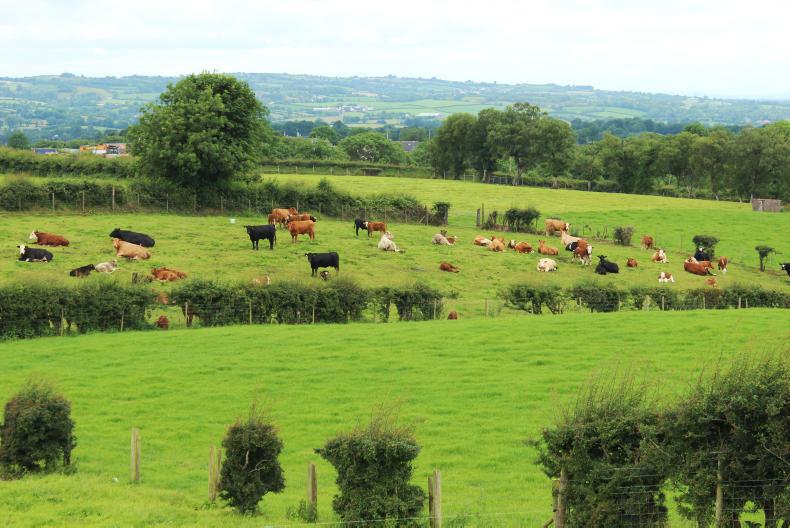The 16th agri benchmark beef and lamb conference took place in Galway on Monday. Agri benchmark is a non-profit network of agricultural economists, advisers, producers and specialists in key sectors of agricultural and horticultural value chains.
Agricultural economist Claus Deblitz from the Thunen Institute of Farm Economics in Germany presented data compiled by agri benchmark on the competitiveness of Irish beef in the global marketplace.

Looking first at the consumption of beef across the globe, the data has shown that consumption in Ireland has remained steady over the last 15 years. The same, however, cannot be said for countries such as Australia, the US and Canada, where consumption has fallen by 30%, 17% and 20%, respectively.
Asian countries represent the largest increase in beef consumption over the last 15 years, with India (59%) and China (44%) all seeing a strong surge in demand. Other counties that had a large rise in consumption from 2002 were Brazil and South Africa, up 45% and 37% respectively.

A look at the performance of the Irish suckler sector identified that Irish producers rank highly on the number of calves weaned per cow per year in comparison to our global competitors. Ireland is the third-highest performer in the EU with 93 calves weaned per 100 cows, falling just behind Poland and Sweden. Outside of Europe, Ireland is outperforming all of the South American and African countries. The US is the only North American country matching Ireland, while of the Asian countries, only China is surpassing our performance.

In terms of costs, Ireland is again the third-best performer in Europe, with costs of €2.81/kg. France is slightly lower at €2.70/kg, while the Ukraine has costs of only €1.08/kg. All of the South American countries have lower production costs as well as Canada, Australia and South Africa.

Suckler enterprises in Ireland have total returns of €2.50/kg on average, according to agri benchmark. This puts Ireland on approximately the same level of returns as the UK and the US. Other countries of interest include Brazil, which has estimated returns of €1.25/kg, Argentina has returns of €1.70/kg and France has returns higher than Ireland of €2.85/kg.

So far, Ireland’s performance across the global marketplace has been relatively strong. Costs are low and productivity is high. Where Ireland suffers is its heavy dependence on direct payments – but Ireland is not the only one. Agri benchmark data shows that the whole of the EU is quite dependent on direct payments as a part of income.
Claus Deblitz concluded his presentation with what he believed were the greatest positives and negatives of the Irish suckler sector. He identified a strong export industry, our green image and our increased production with a limited land resource as major positives. However, he also highlighted some weaknesses, in particular our heavy dependence on the UK, high costs in beef finishing, small farm structures and farm succession struggles. Table 1 below outlines the full list of positives and negatives.

In tweets
We are in Galway today for the 16th Agri Benchmark Beef and Sheep Conference. Opening proceedings is Prof. Gerry Boyle from Teagasc. Presentations on marketing, competitiveness and sustainability to follow. pic.twitter.com/M8dUON84wp
— FJ Beef (@FJBeef) June 18, 2018
Farm Economist Claus Deblitz addressing the audience on the competitiveness of Irish beef production in the global context. pic.twitter.com/yZL7d2y7JH
— FJ Beef (@FJBeef) June 18, 2018
Next weekend: the conference's view on sustainability.
Mercosur deal extremely likely as focus turns to 'bigger picture'






 This is a subscriber-only article
This is a subscriber-only article









SHARING OPTIONS: